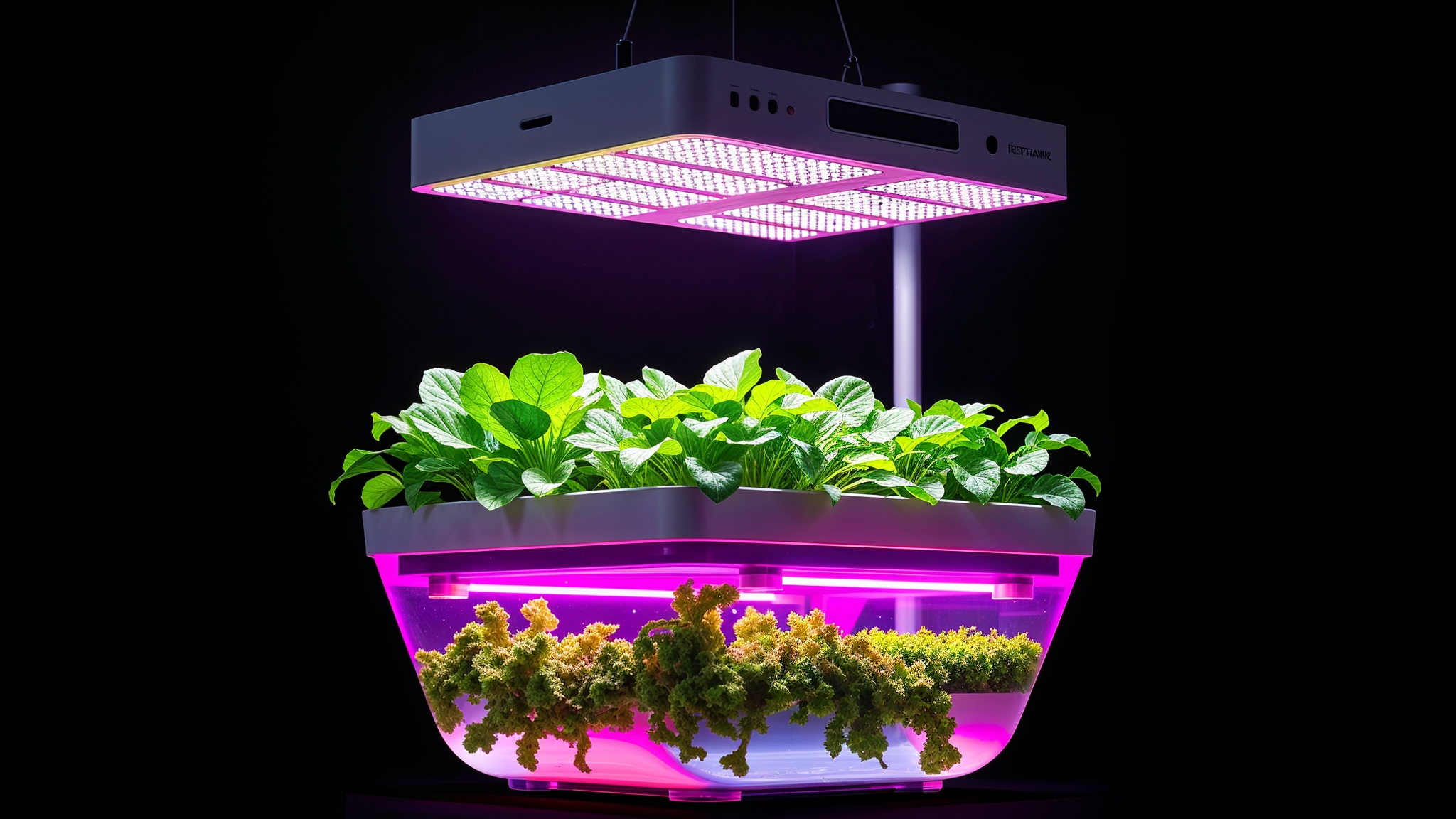The rise of DIY hydroponics has brought a new concern: are your 3D-printed growing systems actually safe for food production? While the allure of growing fresh produce in your apartment is strong, using the wrong materials could introduce harmful chemicals into your vegetables. But don’t worry – we’ve got the expert guide on how to create a truly food-safe hydroponic system using 3D printing. Your health and safety come first!

The Hidden Dangers of DIY Hydroponics (And How to Avoid Them)
Not all 3D printing materials are created equal when it comes to food safety. Many common filaments can leach harmful chemicals into your growing system, potentially contaminating your produce. However, by following proper safety protocols and using the right materials, you can create a system that’s not just efficient but completely safe for growing food. Let’s dive into the crucial details that could make or break your hydroponic setup’s safety.
Critical Safety Components You Can’t Ignore
Here’s your essential safety checklist for building a toxin-free hydroponic system:
- Lighting Safety: Mount your grow lights. Proper mounting prevents any risk of electrical hazards while maintaining optimal 16-hour growing cycles.
- Water System Safety: Implement a carefully timed pump schedule with food-grade components only. This prevents both water stagnation and potential contamination.
- Food-Safe Components: CRITICAL: Only use certified food-grade PETG filament (natural/clear) for any parts touching water or nutrients. Regular filaments can release toxic chemicals! Print at 100% infill with minimum 1.2mm walls, and always apply food-grade epoxy coating. Never use resin prints for water contact – they’re toxic!
- Plant Selection: Choose quick-growing leafy greens and herbs that minimize contact time with printed surfaces.
Safety-First Building Guide
Follow these critical steps to ensure your system is completely food-safe:
- Safety-Focused Design: Create components that prioritize food safety – avoid complex shapes that could harbor bacteria or cause toxic material breakdown.
- Proper Printing Protocol: Use ONLY food-grade PETG at 100% infill. Any compromise here could lead to chemical leaching into your food.
- Essential Safety Coating: Apply certified food-grade epoxy coating meticulously. This crucial step creates a protective barrier between your plants and any potentially harmful materials.
- Secure Light Installation: Use extra-sturdy brackets to eliminate any risk of light fixtures falling into your water system.
- Waterproof Testing: Thoroughly test for leaks – even minor seepage can create unsafe growing conditions.
Critical Safety Maintenance Tips
Protect your health with these essential safety practices:
- Material Safety First: Never compromise on using natural/clear food-grade PETG. Colored filaments contain unknown chemicals that could contaminate your food.
- pH Safety Monitoring: Maintain strict pH control (5.5-6.5) to prevent material breakdown and potential toxin release.
- Regular Safety Checks: Monthly inspection of all components is mandatory – look for any signs of degradation that could compromise food safety.
- Water Quality Control: Use only pure nutrients and fresh water to prevent chemical interactions with your setup materials.
Visualizing Safe Hydroponics
Below is an example of a properly constructed, food-safe hydroponic system:
Your Food Safety Expert
Richard Peiheng Zhu, FreeBonde’s lead urban agriculture specialist, brings over 5 years of expertise in designing certified food-safe growing systems. His innovations have earned him recognition in Mensa Sweden and the Swedish Association of Inventors (SUF).
About FreeBonde
FreeBonde is committed to revolutionizing urban farming through rigorously tested, food-safe growing solutions that prioritize your health and safety above all.
Tags: food safety, hydroponics, toxic-free growing, 3D printing safety, PETG, food-grade materials, safe urban farming, contamination prevention, health-conscious growing, sustainable